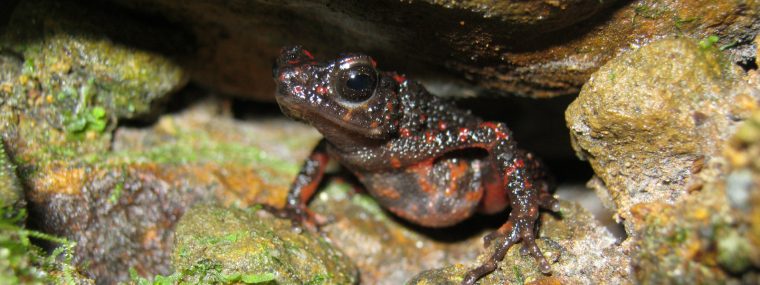Saving Malayan Giant Turtle from brink of extinction, Phase I: establishing healthy and genetically viable assurance colony

The challenge The Malayan Giant Turtle has been depleted in much of its range and at least 80% of the population has declined over the last 90 years. Poaching and habitat loss are the biggest threats for the species. In the past, authorities have frequently confiscated this species from poachers/traders which were then transferred to either zoos or wildlife rescue centres. Establishing assurance colonies through conservation breeding is recognised as a crucial conservation step in restoring the Malayan Giant Turtle…









